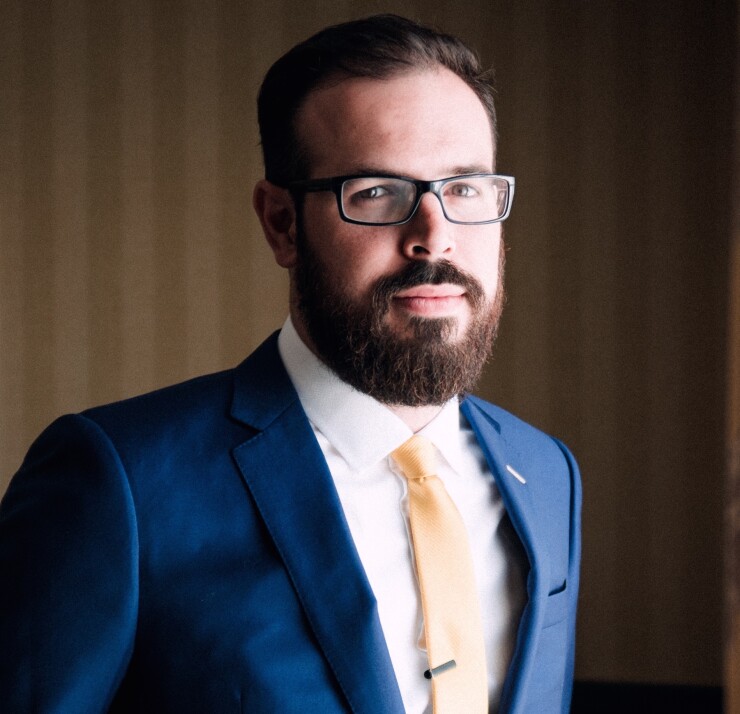Pension funds leaning into alternative assets
3 min read

Concerns about the financial health of the nation’s public pension funds are moving many of them to invest increasingly in alternative assets that include risky real estate ventures, private debt, hedge funds and private equity.
“We have a target of approximately 30% of the portfolio to alternative asset classes,” said Shoaib Khan, director, chief investment officer, New Jersey Division of Investment. “Those targets over the last several years have been increasing. You’ve seen that across several pension plans as well and it seems to be a big trend and a movement towards diversifying portfolios with the inclusion of the various alternative asset classes.”
The comments came during a panel discussion produced by The Volcker Alliance in partnership with the Penn Institute for Urban Research on Thursday. Pension fund health remains an area of interest to the muni market as bond holders are sometimes second in line behind pension fund members for payback if a municipality goes bankrupt. Underfunded pension funds can also negatively impact municipal credit ratings.
Equable Institute
In July the state of New Jersey approved a 2024 budget that includes a $7.1 billion contribution to the state pension system, marking the third consecutive fiscal year in which the state has made the full actuarially-determined contribution.
Underfunded pension plans already on shaky financial ground are especially vulnerable to chasing higher returns through higher risk transactions. “The pension plans which are the lowest funded have increased the allocation to the alternative risky assets,” said Vedanta Goenka, lead strategist, municipal division, Citigroup. “There is some valuation risk involved, as these assets are not marked to market.”
The Equable Institute, a bipartisan organization focused on public pension research and education, believes valuation risk is the biggest clear and present danger to relying on alternatives. Valuation risk is defined as valuing an asset based on “fair-price” or “fair-value,” estimates as opposed to public market prices based on actual transactions. The value deviation can be especially pronounced in real estate and private equity investments.
According to an Equable report published in July, “alternatives” now comprise a third of pension fund investments, the largest share in history.
As fund managers strive to out-perform a sluggish investment market, riskier investments beckon. Actuaries and academic observers remain skeptical about the outcome.
According to a brief published by Pew in October, “States can’t invest their way out of pension challenges. The enormous gains of 2021 have largely been evaporated by financial markets in the 2022 fiscal year, with the typical pension plan losing nearly 8% of asset value.”
Despite the alternative worries, most pension fund observers agree that funding levels are generally heading in the right direction.
“There’s two decidedly positive trends whether we’re looking at the last fourteen to fifteen years,” said Anthony Randazzo, executive director, Equable Institute. “Plans today are now paying 100% of actuarially-required contributions and states are using budget surpluses to make supplemental contributions.”
Pension funds can also be invested in munis which still hold a slow but steady appeal.
“Some of the larger funds, which are better funded are not as reliant on investment returns, they have a higher proportion of assets in fixed income,” said Goenka. “When you’re looking at some of the lower funded states you’re seeing a more pronounced shift towards alternative assets and just in general, riskier assets.”







